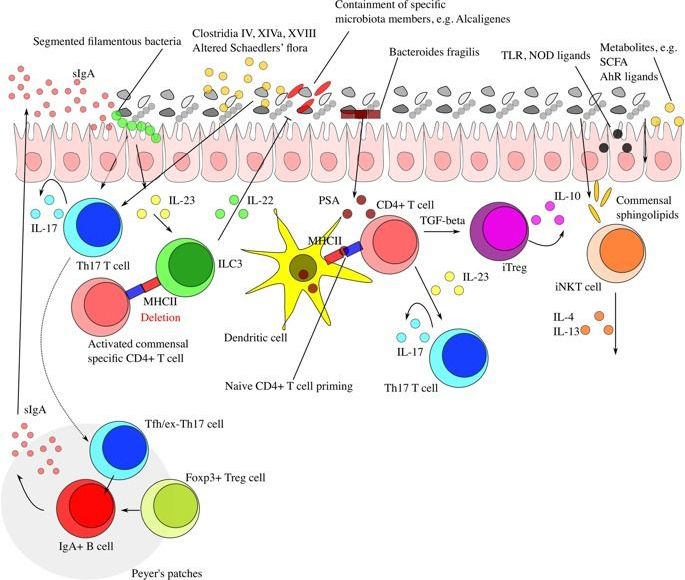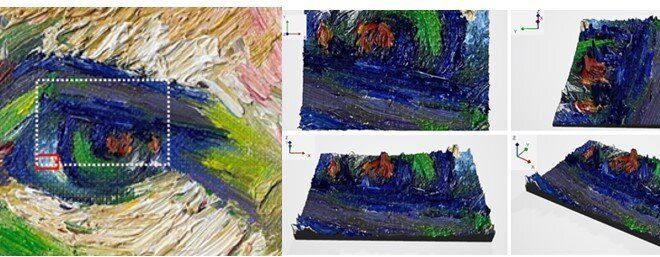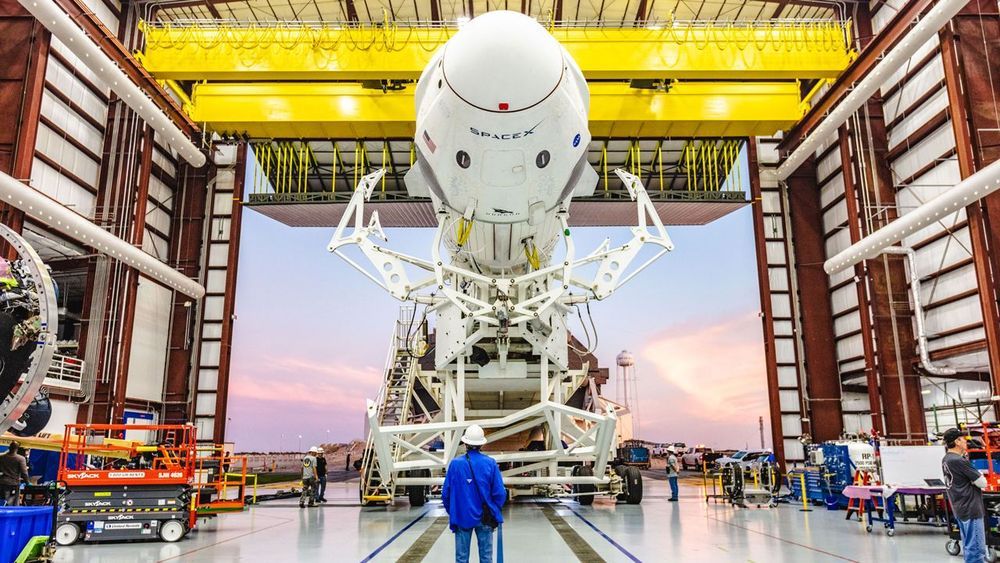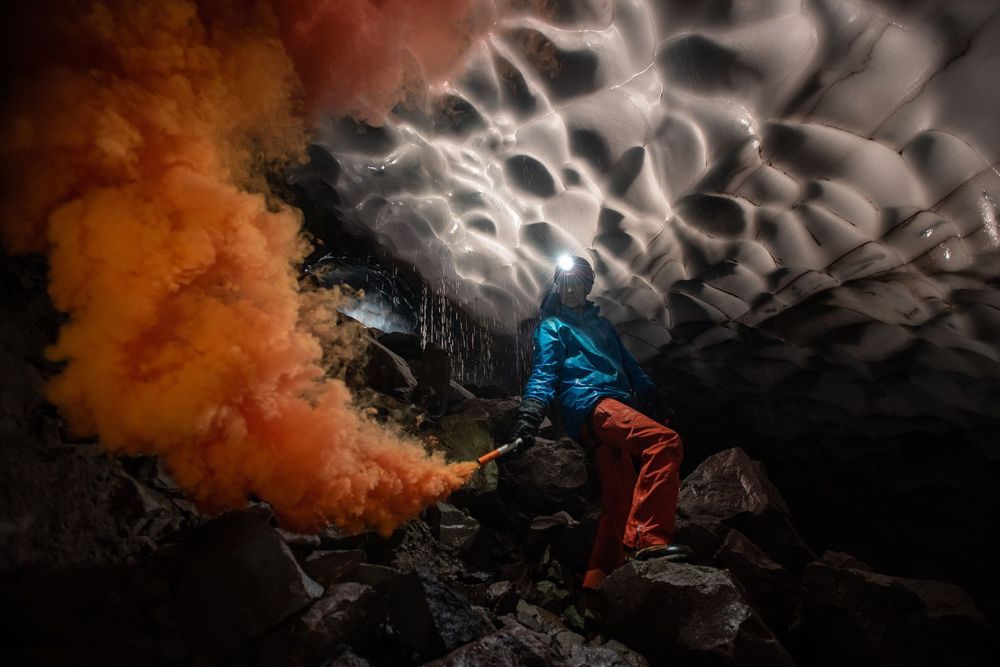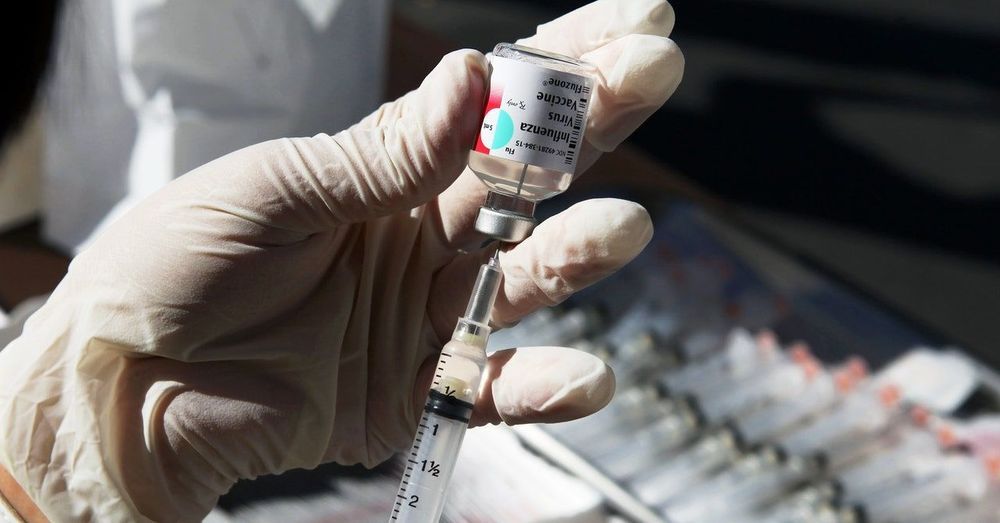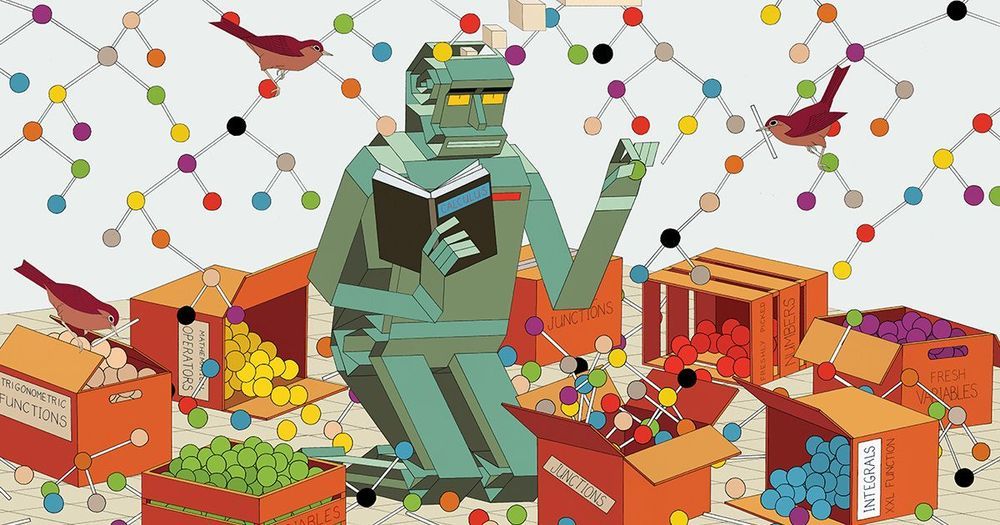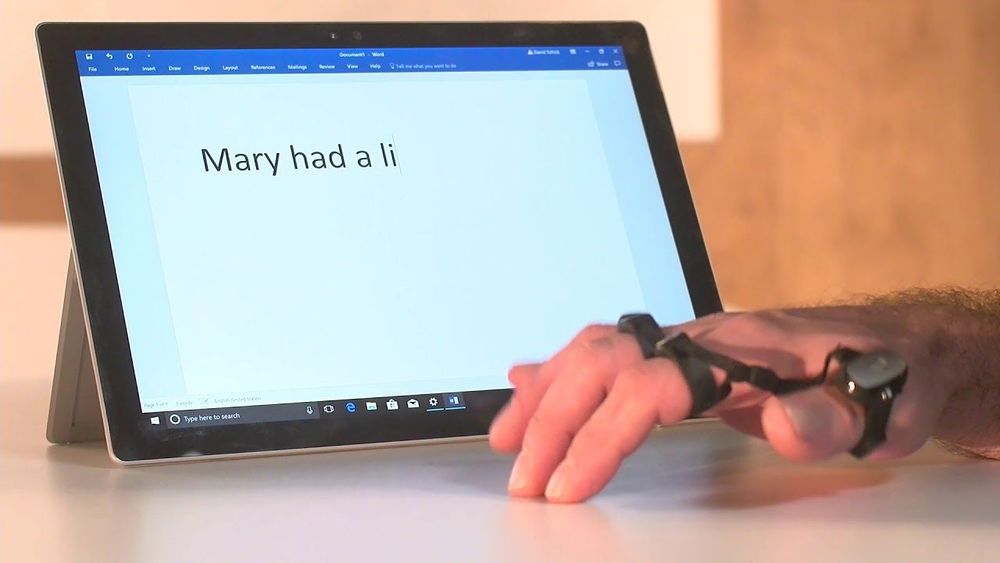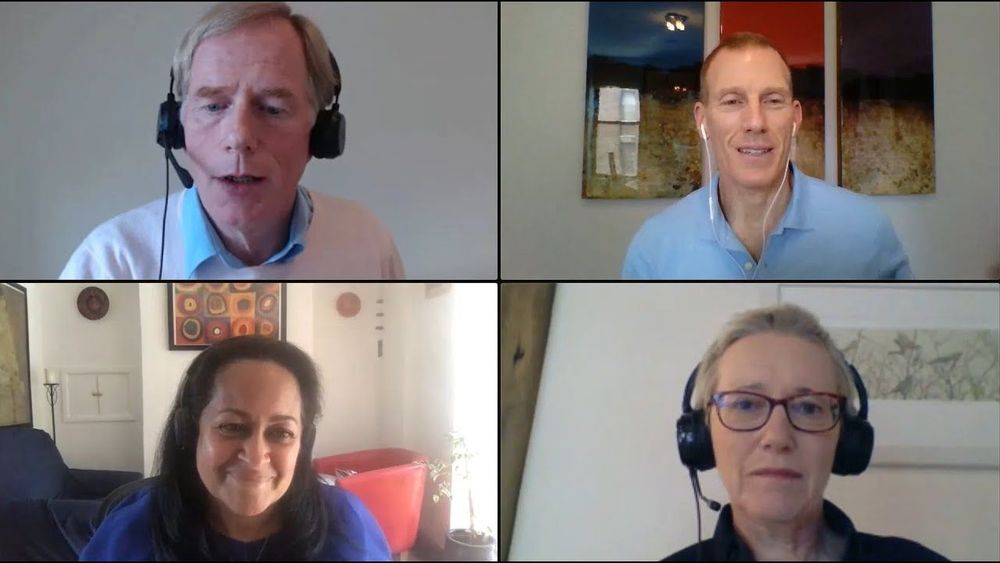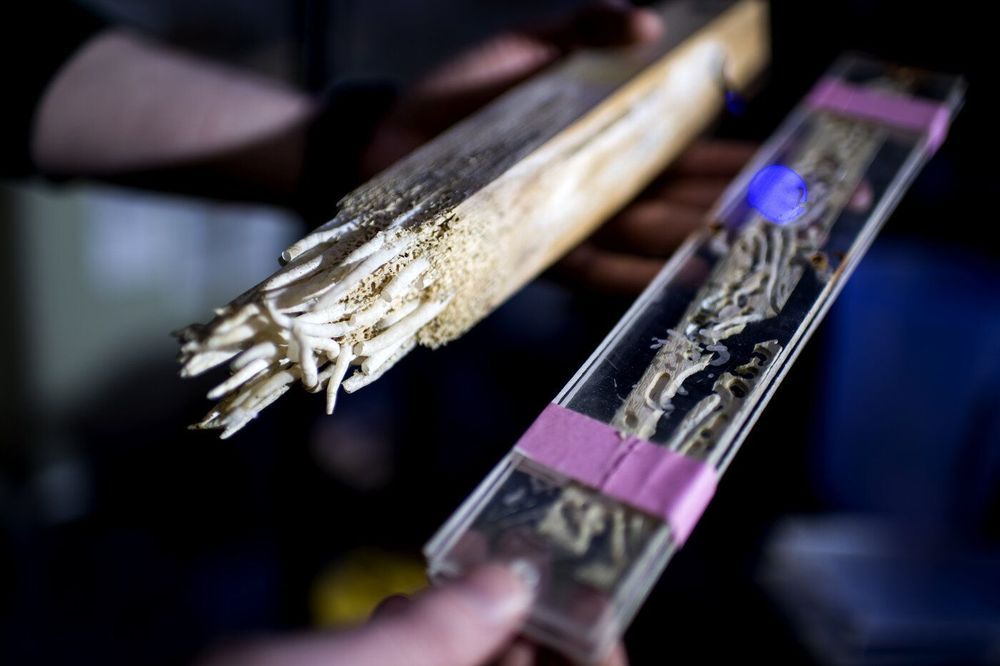The interplay between the commensal microbiota and the mammalian immune system development and function includes multifold interactions in homeostasis and disease. The microbiome plays critical roles in the training and development of major components of the host’s innate and adaptive immune system, while the immune system orchestrates the maintenance of key features of host-microbe symbiosis. In a genetically susceptible host, imbalances in microbiota-immunity interactions under defined environmental contexts are believed to contribute to the pathogenesis of a multitude of immune-mediated disorders. Here, we review features of microbiome-immunity crosstalk and their roles in health and disease, while providing examples of molecular mechanisms orchestrating these interactions in the intestine and extra-intestinal organs. We highlight aspects of the current knowledge, challenges and limitations in achieving causal understanding of host immune-microbiome interactions, as well as their impact on immune-mediated diseases, and discuss how these insights may translate towards future development of microbiome-targeted therapeutic interventions.
Researchers have developed a new strategy that uses optical coherence tomography (OCT) to acquire both the surface and underlying details of impressionist style oil paintings. This information can be used to create detailed 3D reconstructions to enhance the viewing experience and offer a way for the visually impaired to experience paintings.
“Visitors to art museums can’t closely examine paintings and see the artists’ techniques because of security and conservation concerns,” said research team leader Yi Yang from Penn State Abington. “Our new technology can create 3D reconstructions that can be rotated and magnified to view details such as brushstrokes. This would be especially useful for online classes.”
Yang and colleagues from Penn State University Park and New Jersey Institute of Technology report the new technique in the Optical Society journal Applied Optics. The research team brought together specialists in art history and conservation with electrical and optical engineers.
Researchers see both benefits and risks in the company’s increasing power. It has lowered the cost of spaceflight through innovations such as reusable stages and fairings, saving NASA money. With its outsize capacity, Starship could cheaply put large telescopes in orbit and heavy science experiments on moons and planets. Yet SpaceX, with a fast-and-loose Silicon Valley mindset, has overlooked the potential for its technologies to contaminate night skies and pristine planets. Some worry the company, led by brazen billionaire Elon Musk, could jeopardize NASA’s long-standing culture of safety. “NASA tries to model everything to the nth degree,” says David Todd, an analyst at Seradata, which tracks launches and satellites. “SpaceX works on the basis of ‘test it until it breaks.’”.
First commercial crew flight deepens ties between company and space agency.
After the 1980 eruption, a glacier formed in the shadows inside the crater. Scientists—and our photographer—have explored its icy depths.
Simulators that can rapidly test trillions of options would accelerate the slow and costly process of human clinical trials.
After translating some of math’s complicated equations, researchers have created an AI system that they hope will answer even bigger questions.
How will we interact with our electronic #devices in the #future? https://bit.ly/2Tm59F6
Touchscreens, keyboards and mice are the three dominant ways for us to interact with our devices in modern times. However, with the development of some new technologies (including #VoiceControl, #BrainComputerInterface, #brainwaves control, #gesture control, muscular signals interpretation and so forth), many start to ask: What will be the next way for us to talk to our machines?
In this article, we will first introduce some potential alternatives of touchscreens, keyboards and mice. Then, a picture about what a future device should be like will be provided.
#technology #innovation #ConsumerElectronics
I always enjoy the perspective of David Wood, and in this session of the London Futurists there is a panel discussion about genetic engineering in the future.
Our DNA is becoming as readable, writable, and hackable as our information technology. The resulting genetic revolution is poised to transform our healthcare, our choices for the characteristics of the next generation, and our evolution as a species. The future could bring breathtaking advances in human well-being, but it could also descend into a dangerous genetic arms race.
These claims are made in the recent book “Hacking Darwin: Genetic Engineering and the Future of Humanity”, https://hackingdarwin.com/ by Technology Futurist Jamie Metzl, https://jamiemetzl.com/
Circa 2019
The OBSBOT Tail is an AI camera that has the ability to track and record a subject without you having to do anything. A self-tracking camera can be used for a wide variety of applications. It’s important to note that the unit I am reviewing is not the shipping version, but a lot of the features are still working. The OBSBOT Tail is expected to start shipping in April.
OBSBOT Tail
They stranded Christopher Columbus in Jamaica. They brought down the Spanish Armada. They sent San Francisco’s piers crumbling into the sea.
